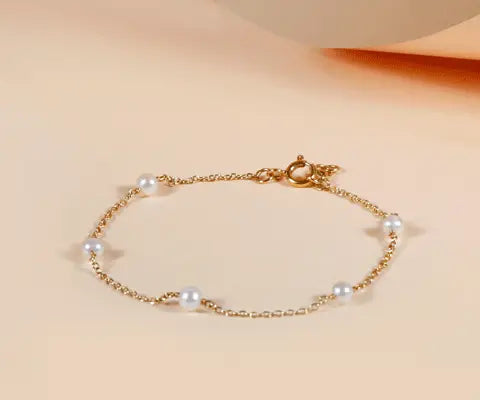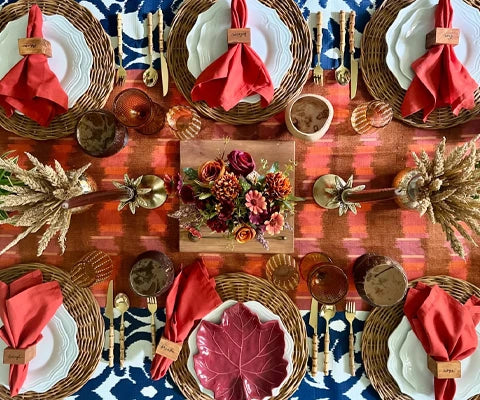Sort Before You Store
 Start by going through all your tablecloths. Check for stains, tears, or pieces you no longer use. Keep only the ones in good shape. Sort them by size, fabric, and purpose. This step helps you know what you have and saves space in your kitchen.
Start by going through all your tablecloths. Check for stains, tears, or pieces you no longer use. Keep only the ones in good shape. Sort them by size, fabric, and purpose. This step helps you know what you have and saves space in your kitchen.
Use small labels to mark categories like “Daily Use,” “Festive,” or “Outdoor.” This makes it easier to grab the right tablecloth when you need it.
Roll, Don’t Fold
 Folding is the most common approach, but it often leads to deep wrinkles. Rolling your tablecloths is a simple hack that keeps them smooth and ready to use. Roll each piece like a towel and store them in a drawer or basket.
Folding is the most common approach, but it often leads to deep wrinkles. Rolling your tablecloths is a simple hack that keeps them smooth and ready to use. Roll each piece like a towel and store them in a drawer or basket.
This trick works well for cotton and linen tablecloths. It also helps save space and keeps your kitchen storage neat.
Use Vertical Shelf Bins
They help keep each piece separate and wrinkle-free. You can assign one bin per fabric type or category, which makes sorting easier.
Simply slide the bins onto kitchen shelves, pantry racks, or inside cabinets.
This method avoids stacking, so you don’t have to dig through piles. You can see all your linens at a glance, saving time during setup.
Plus, keeping them in covered bins helps protect tablecloths from dust and damage, ensuring they stay fresh and ready for use.
Hang Tablecloths in a Closet
If you have extra space in a pantry or hallway closet, hanging your tablecloths is a great way to prevent wrinkles.
Use wide hangers to support the fabric properly. For larger tablecloths, fold them once and drape them gently over the hanger.
You can also use clip hangers for smaller pieces like runners or square linens.
If you want added protection from dust or moisture, cover them with garment bags. This keeps the fabric clean and fresh until you need it.
Hanging tablecloths saves pressing time and helps them stay neat, especially for special occasions.
Store Sets Together
Keep table linens that belong together in the same place. For example, store matching napkins with their tablecloth. Use small pouches, zipper bags, or fabric sleeves to hold each set.
This helps you stay organized and saves time when you’re planning a meal. No more searching through drawers for missing pieces.
Read On: Beyond Basic: How a Linen Tablecloth Transforms Your Table
Use Transparent Storage Boxes
Clear boxes are great for kitchens with limited space. You can stack them easily, and you can see what’s inside without opening each one. Add simple labels to make the process even faster.
For tablecloths you don’t use often, store these boxes on high shelves or under the bed. The fabric stays clean and safe.
Try Drawer Dividers
Drawer dividers create neat sections that stop tablecloths from shifting or getting mixed with other items. This is helpful if you have many sizes or fabrics.
You can use bamboo dividers, plastic inserts, or even DIY cardboard dividers. They keep everything in order, even in small kitchen drawers.
Add a Linen Cart on Wheels
A rolling cart is a great mobile storage idea. You can keep all your tablecloths, napkins, and placemats in one spot. Move the cart to the dining room when you need it and roll it back to the kitchen afterward.
It saves time and keeps your linens dust-free.
Keep Tablecloths Fresh
Make sure all tablecloths are clean and dry before storing. Use mild detergent and let them air-dry fully. Place a small sachet of lavender or cedar in the storage area to keep them fresh.
Moisture can cause musty smells, so avoid storing linens near sinks or damp areas.
Learn More: 2025's Top Tablecloth Trends: Spruce Up Your Dining Space
Good storage doesn’t need to be fancy. With a few simple changes, you can keep your tablecloths organized, wrinkle-free, and easy to access. These troubleshooting ideas will help you create a cleaner, calmer, and more functional kitchen.







